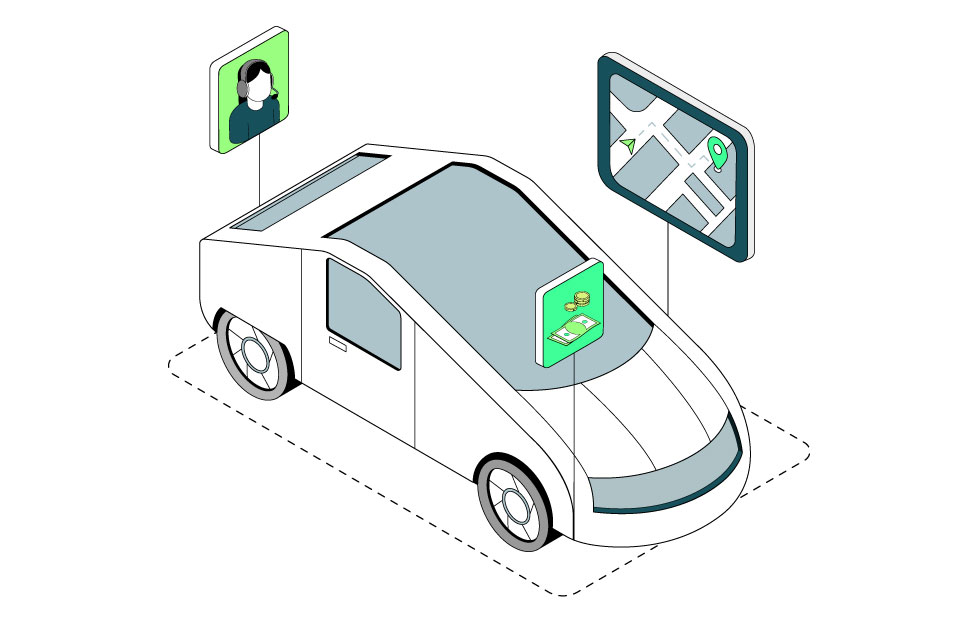By Jo Causon, CEO, The Institute of Customer Service
On the face of it, it was encouraging that our July UK Customer Satisfaction Index (UKCSI) recorded a small rise in overall satisfaction levels. Many organisations have worked extremely hard through these difficult and unpredictable times to keep customer service a priority, and as a result the Index rose to 77.4 – 0.6 points higher than in January 2021 and 0.4 points higher than July 2020.
In doing so, a downward trend that set in four years ago appears to have been stabilised. However, I am very concerned that the picture is not so simple – and in fact there is a real risk that customer satisfaction levels in future periods will stagnate or even begin to fall again.
Complaints at a high
I say this because when we look below the surface one of the main reasons satisfaction has risen is that organisations have got better at service recovery – rectifying issues and problems that have occurred. But these problems should not be arising so much in the first place. We saw almost a record number of complaints in the last six months, with 14.9% of customers experiencing a problem – the highest proportion for twelve years (since 2009).
In some ways, it’s inevitable that more service issues have arisen. But the size of the increase is concerning. And while customers have generally been satisfied with the way issues have been resolved, this really isn’t a long-term solution. Any business that believes customer service is about dealing with complaints isn’t a customer-centric organisation!
Perfect storm
What’s more, I fear that we are only at the beginning of some of the challenges organisations are facing. Supply chain disruption is by no means over, particularly when we think internationally where in many cases countries are much further behind with their vaccination programmes and could be prone to significant future disruptions and lockdowns, further impacting supply into the UK. Shortages of materials are persisting as a result and could continue for months to come. There are shortages of labour too, such as drivers and hospitality staff, something arguably compounded by Brexit.
To this we can now add the ‘pingdemic’ which is posing acute issues for many businesses. It’s become a perfect storm, forcing them to shut shops/branches, suspend services or curtail hours. Some exemptions are being introduced for specific sectors and the problem should ease from 16 August when it is currently planned that double jabbed individuals receiving an alert do not need to self-isolate. But issues of staff availability won’t go away: Covid will clearly be with us for months or years to come and staff absence levels will therefore remain hard to predict, especially when we factor in the possibility of high levels of flu this winter.
Just In Time challenge
One of the biggest issues that organisations have to deal with is in some respects a self-created one: we have all got used to working on a Just In Time basis. But JIT breaks down when supply chains and the flow of goods and services can’t be relied upon. It is JIT that has raised customer expectations too: ordering something today and expecting to receive it tomorrow (or even that afternoon/evening!).
These customer expectations are going to continue, meaning that there will be huge pressure on customer service teams if operations don’t stand up. This is why it’s essential that businesses see the impact of the whole service chain and plan appropriately. Rescheduling and risk management will be key, being open and honest with customers, proactively communicating and managing expectations clearly, as well as looking where it’s possible to collaborate with others for the greater good. There should be clear signposting on websites about service times and order fulfilment; providing information and helping the customer to manage their issue. In addition, it is clear those organisations that have thought and cared about the service experience throughout the supply chain will be better placed to manage the levels of unpredictability as they will undoubtedly have stronger relationships.
One of the positives in the latest UKCSI was that nearly one in five customers said they had experienced improved communication from businesses in terms of advice and guidance. This is great to hear and needs to be built upon. Otherwise there will be a growing mismatch between customer expectations due to a perception that the pandemic is “over” and what is possible on the ground.
Staffing and resilience
I discussed hybrid working and new operating models in my last blog – employee expectations of flexibility have hugely risen through the pandemic, such that most businesses have to find the right balance between enabling staff to work flexibly and ensuring that operational resilience is not impaired.
In short, we are not out of the woods yet. In fact, there could be a long way to go. As ever, it’s those organisations who focus really hard on understanding customer needs, planning, communication, service chain resilience and supporting their staff who will be best placed to maintain excellence and keep building customer trust, satisfaction and loyalty.



